How to Use Mica Powder for Epoxy (Benefits, Price, Techniques and Select)
In the world of art, mica powder is often used for epoxy resin art. It’s extremely popular among artists and individual creators at the moment.
Home > Pigment Uses > Pigment for Cosmetics
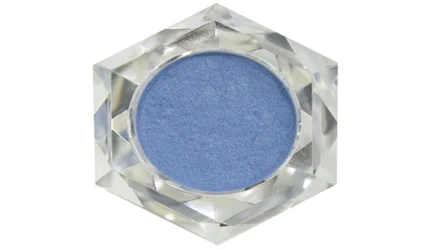
KCB-01
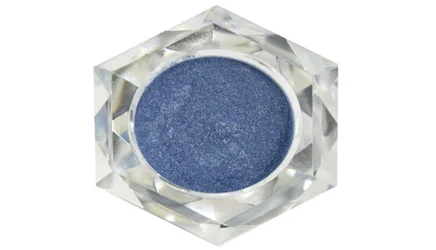
KCB-02
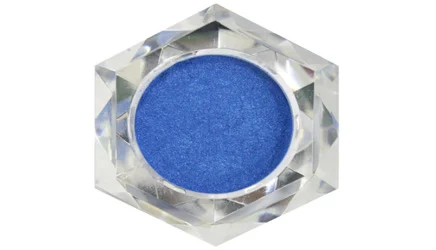
KCB-03
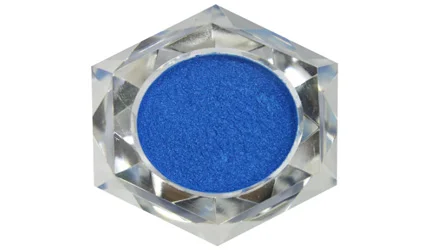
KCB-04
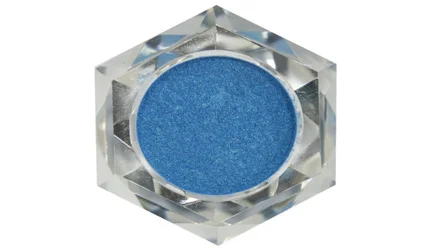
KCB-05
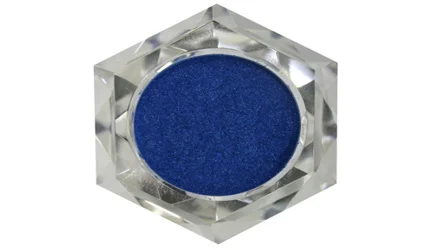
KCB-06
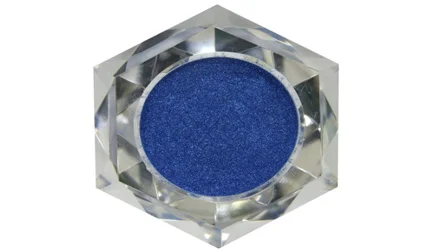
KCB-07
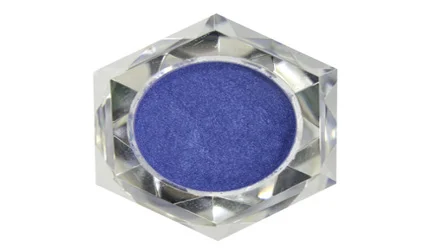
KCB-08
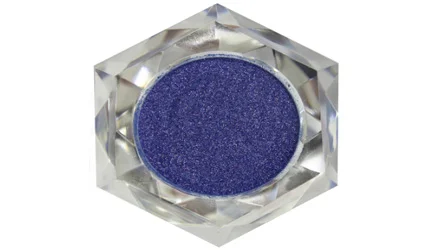
KCB-09
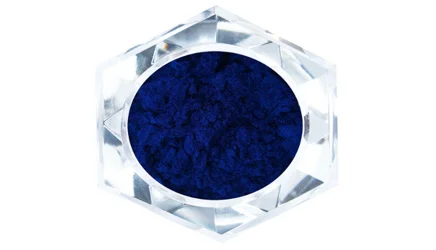
KCB-10
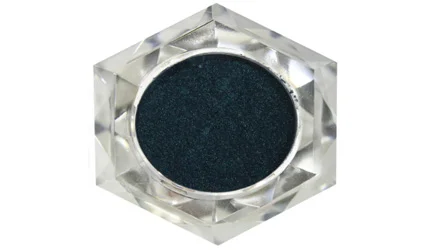
KCB-11
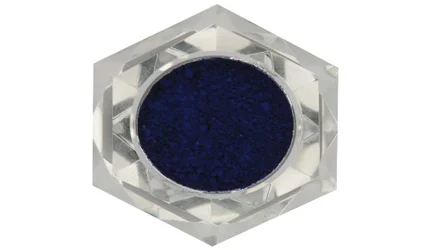
KCB-12
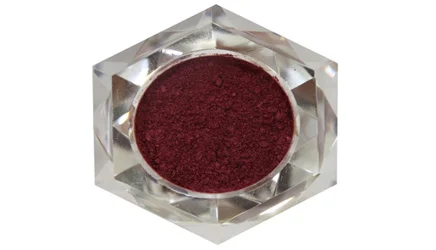
KCBL-01
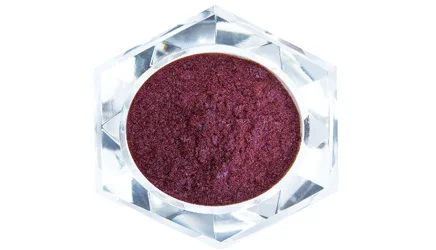
KCBL-02
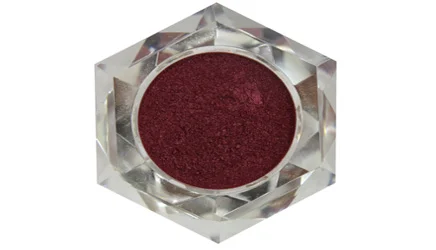
KCBL-03
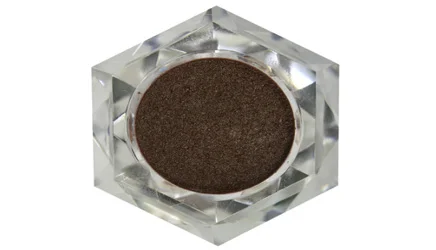
KCBL-04
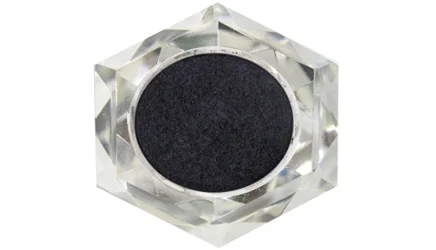
KCBL-05
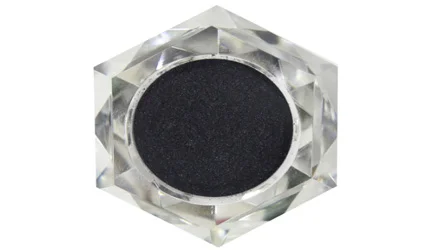
KCBL-06
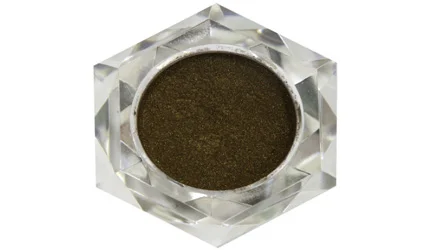
KCBL-07
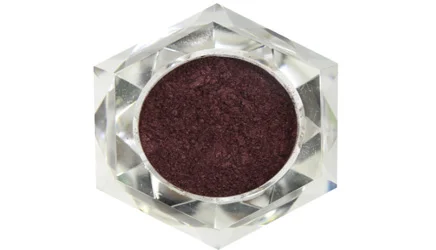
KCBL-08
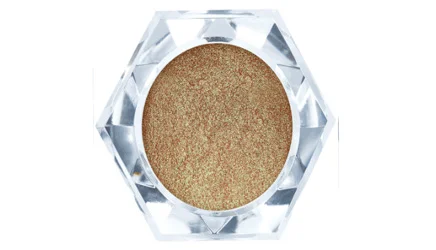
BN-01
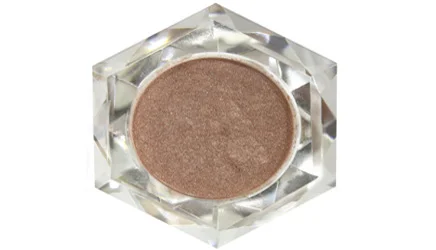
BN-02
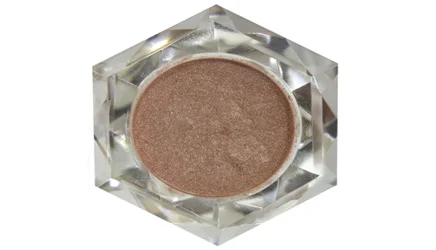
BN-03
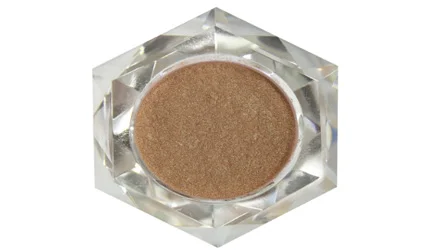
BN-04
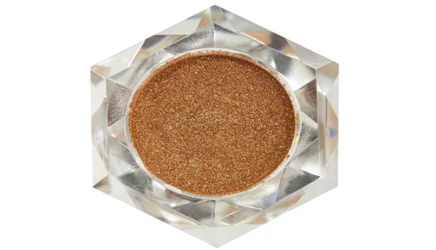
BN-05
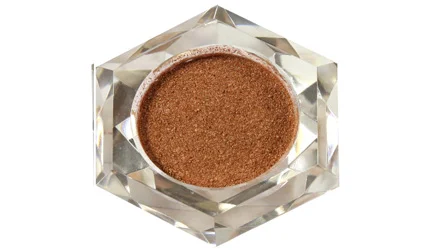
BN-06
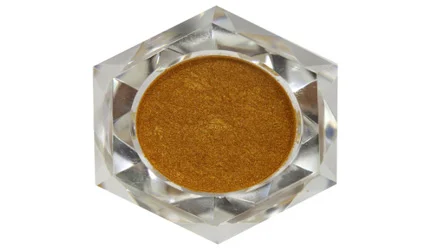
BN-07
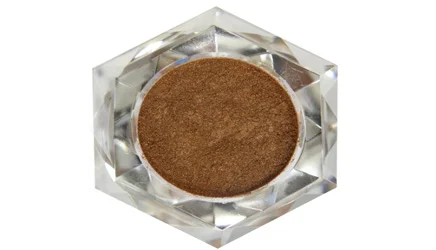
BN-08
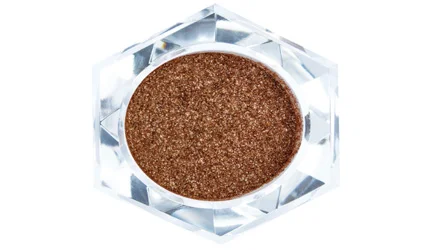
BN-09
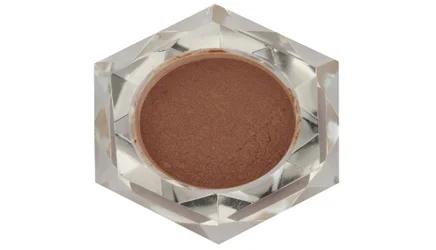
BN-10
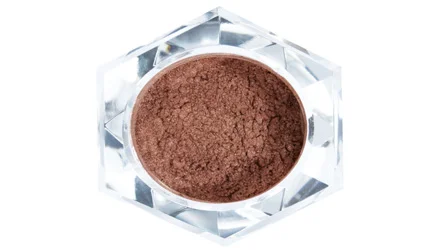
BN-11
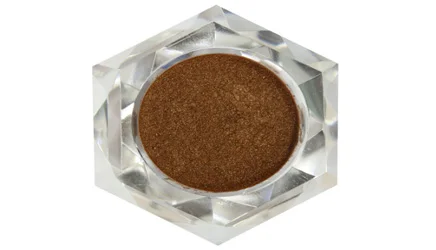
BN-12
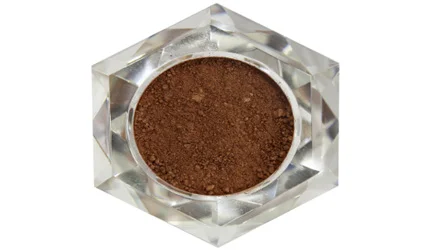
BN-13
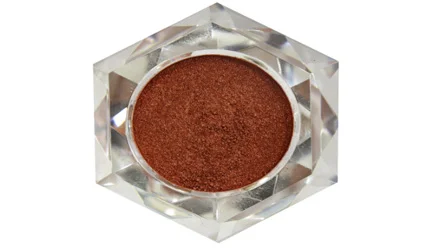
BN-14
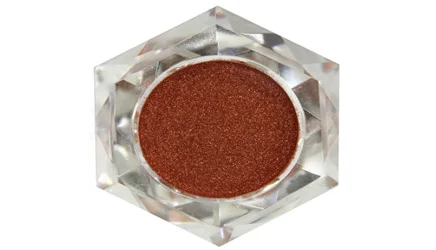
BN-15
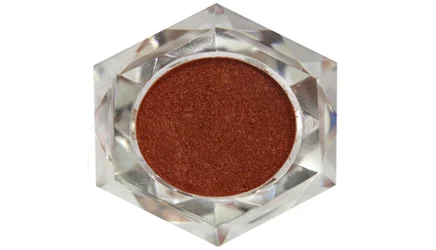
BN-16
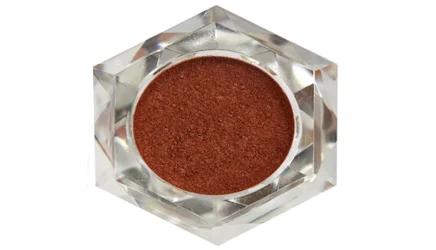
BN-17
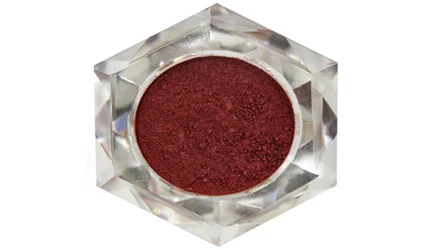
BN-18
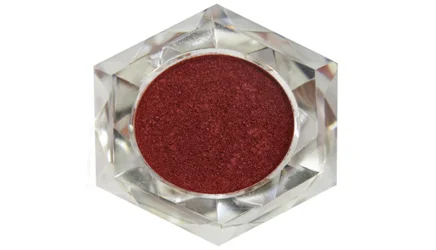
BN-19
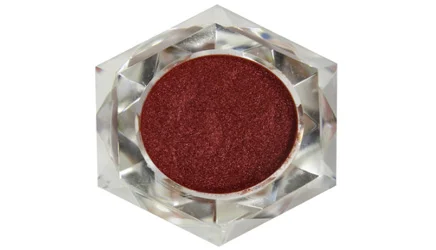
BN-20
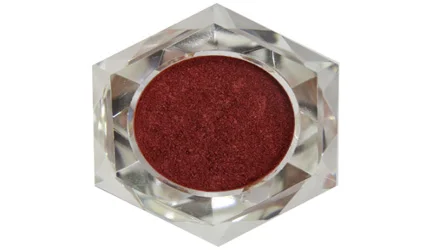
BN-21
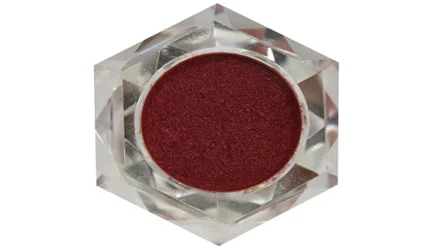
BN-22
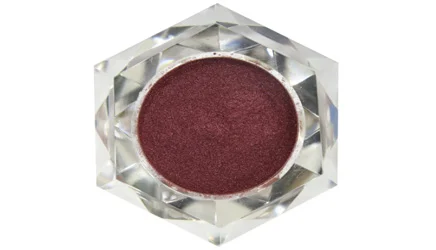
BN-23
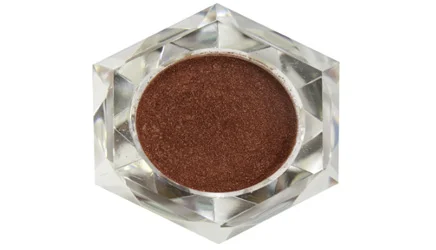
BN-24
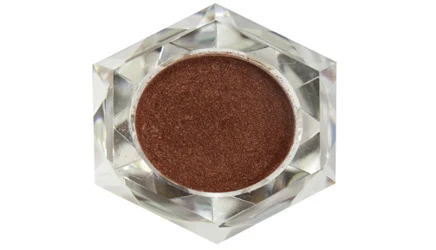
BN-25
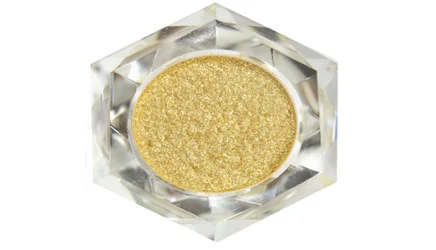
KCG-01
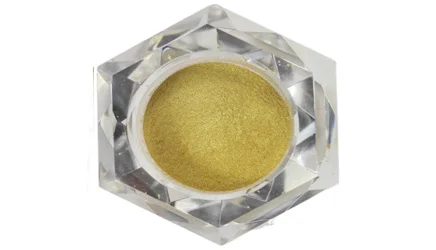
KCG-02
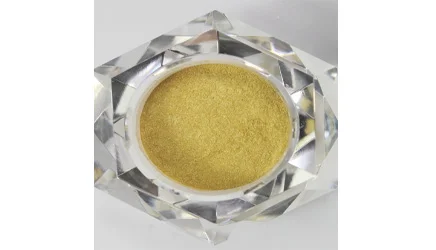
KCG-03
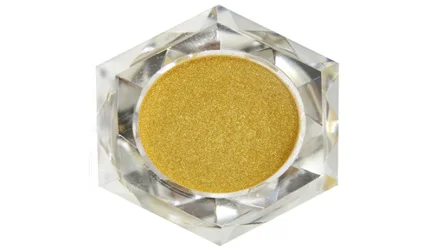
KCG-04
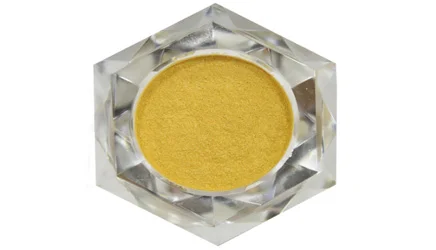
KCG-05
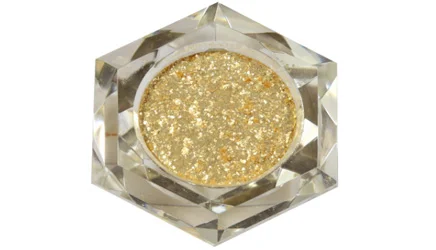
KCG-06
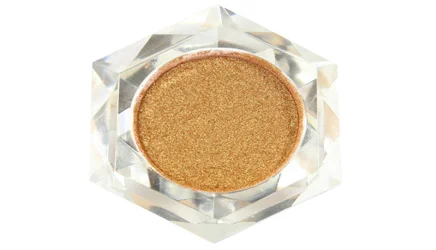
KCG-07
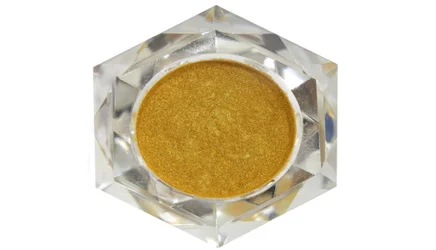
KCG-08
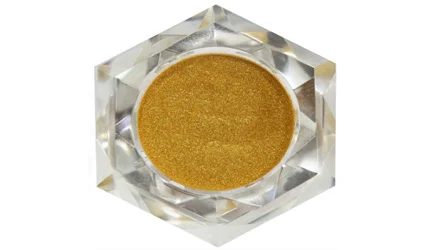
KCG-09
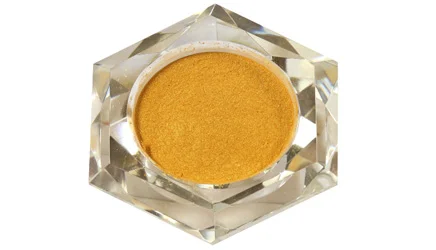
KCG-10
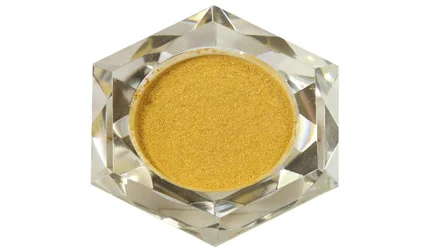
KCG-11
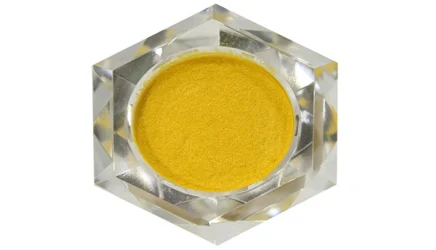
KCG-12
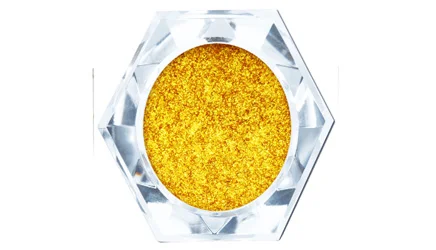
KCG-13
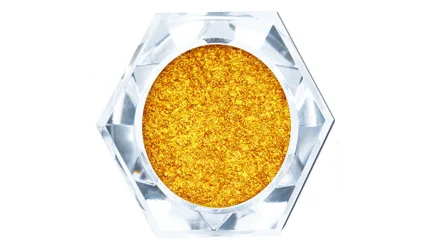
KCG-14
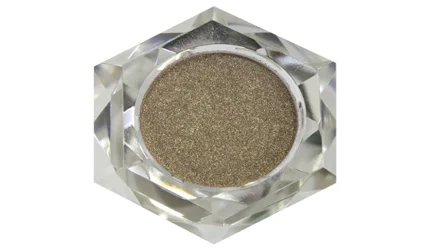
KCGY-01
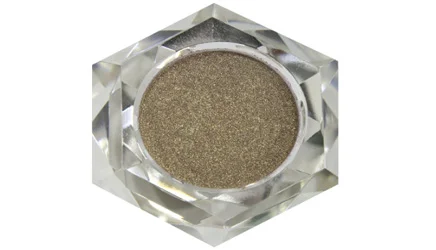
KCGY-02
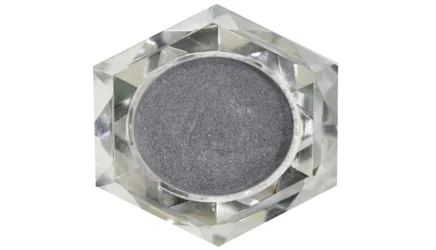
KCGY-03
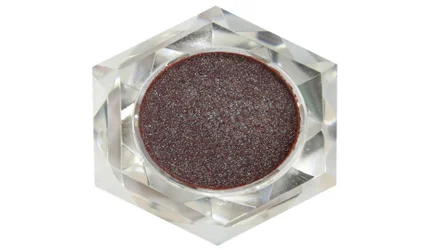
KCGY-04
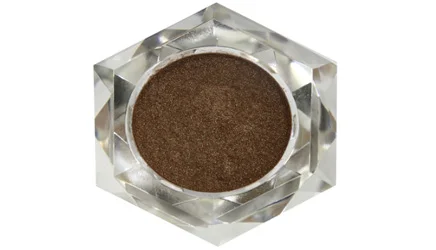
KCGY-05
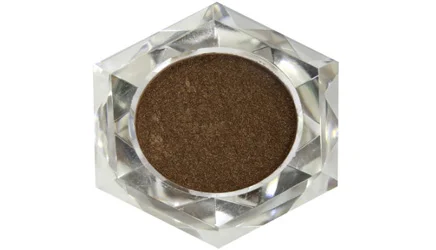
KCGY-06
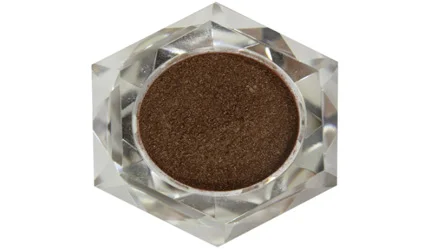
KCGY-07
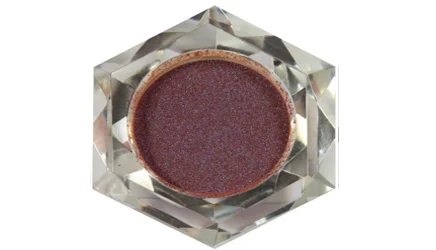
KCGY-08
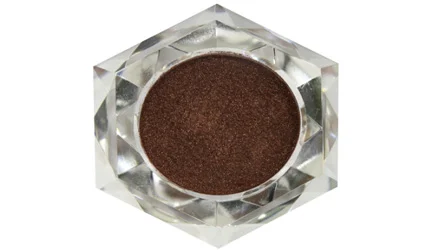
KCGY-09
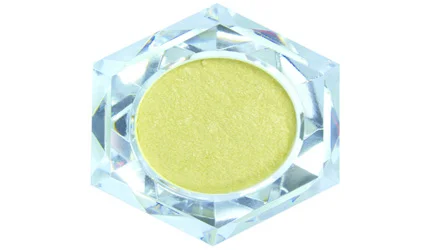
KCGN-01
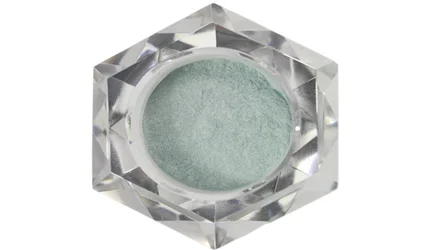
KCGN-02
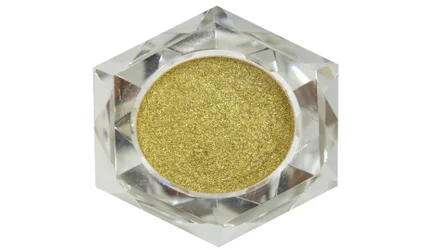
KCGN-03
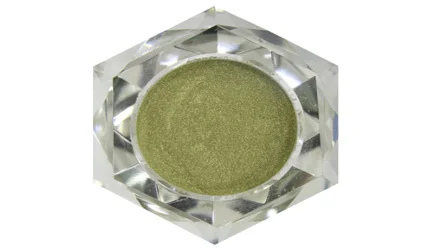
KCGN-04
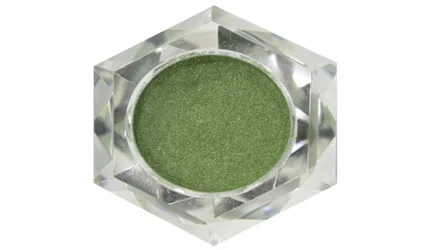
KCGN-05
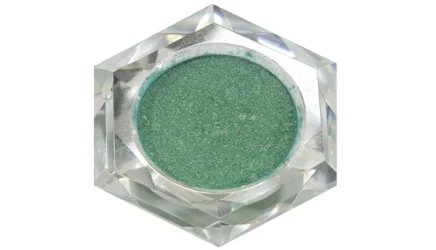
KCGN-06
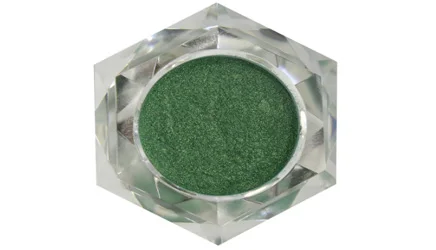
KCGN-07
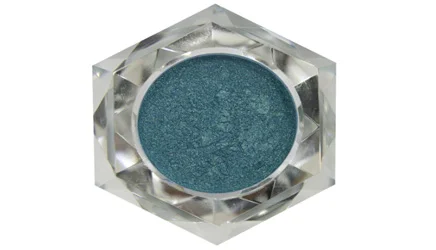
KCGN-08
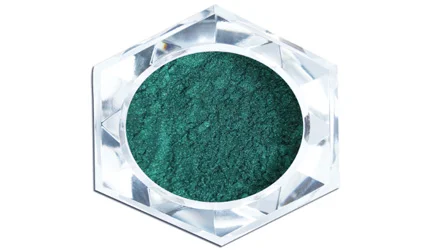
KCGN-09
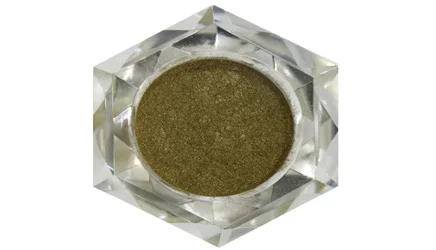
KCGN-10
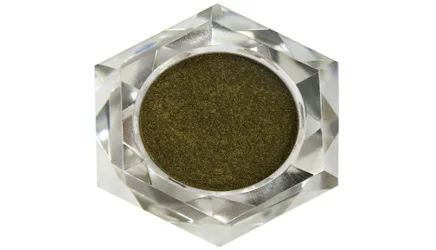
KCGN-11
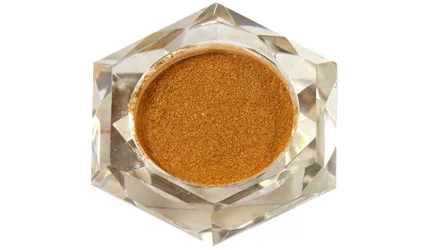
KCO-01
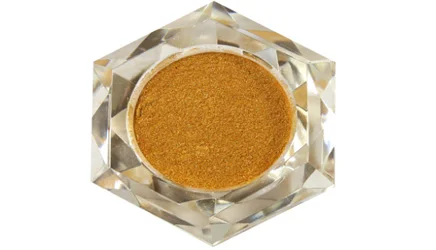
KCO-02
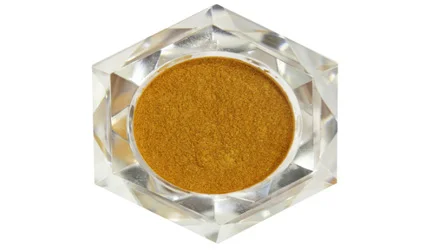
KCO-03
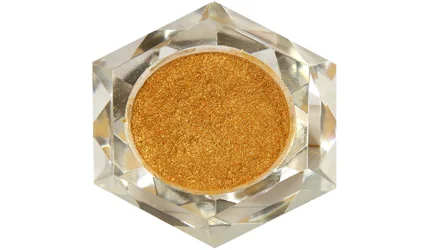
KCO-04
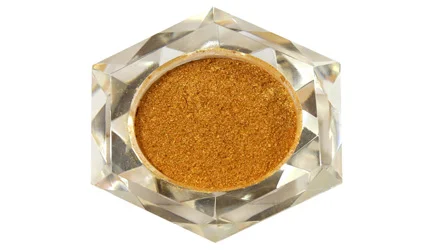
KCO-05
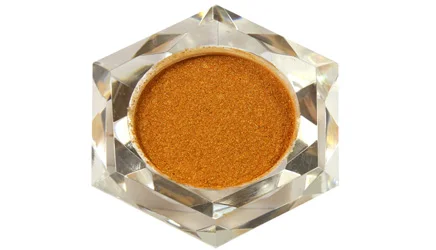
KCO-06
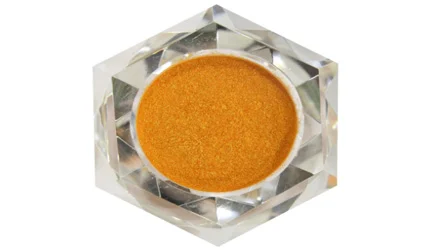
KCO-07
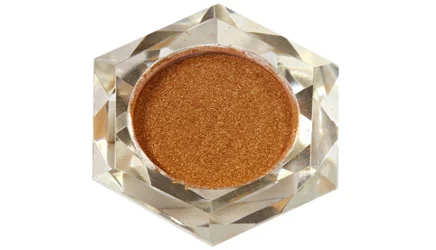
KCO-08
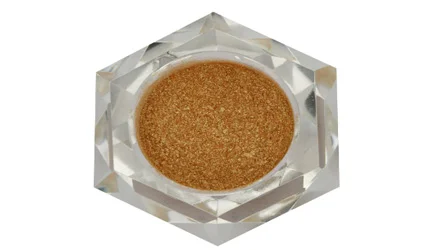
KCO-09
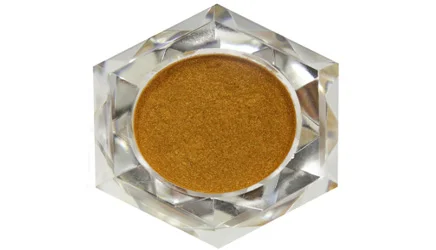
KCO10
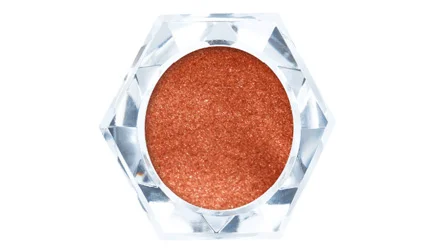
KCO11
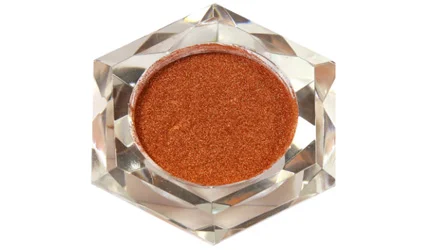
KCO-12
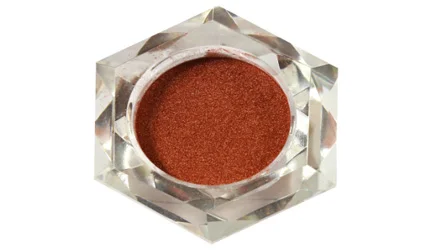
KCO-13
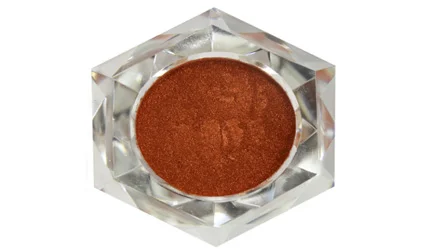
KCO-14
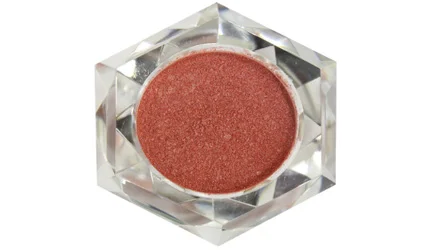
KCO-15
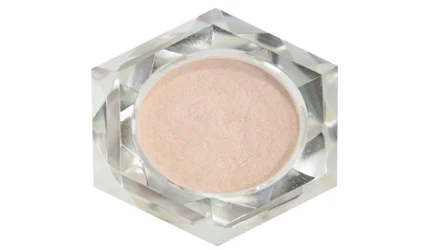
KCP-01
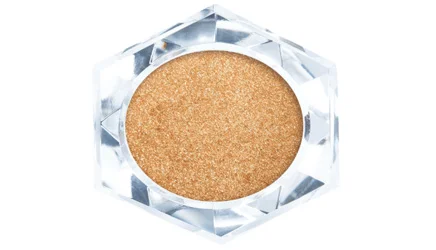
KCP-02
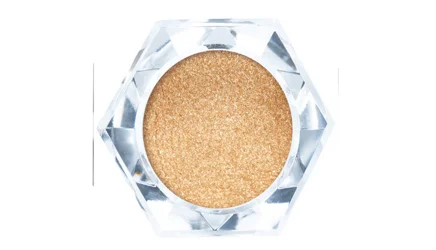
KCP-03
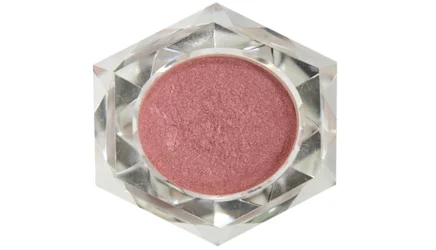
KCP-04
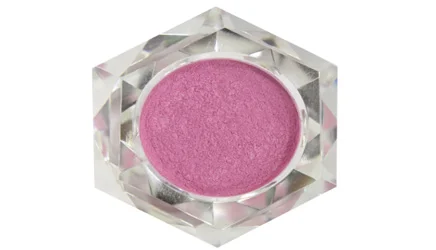
KCP-05
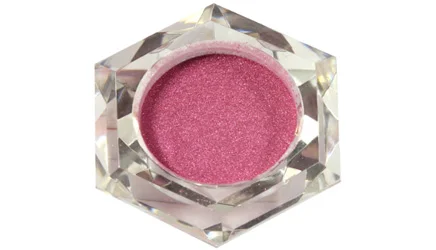
KCP-06
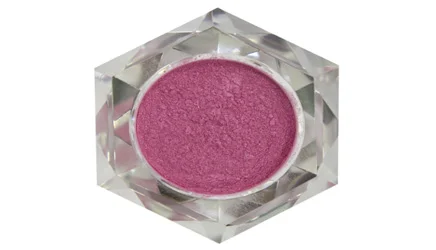
KCP-07
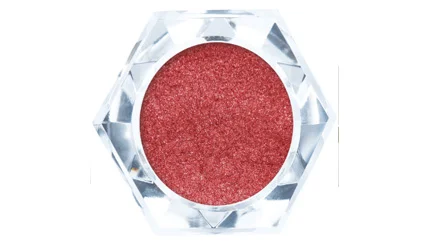
KCP-08
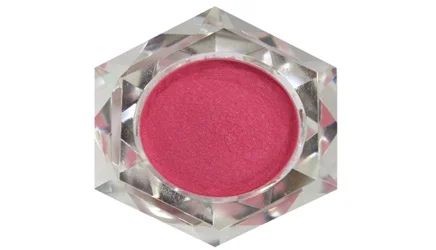
KCP-09
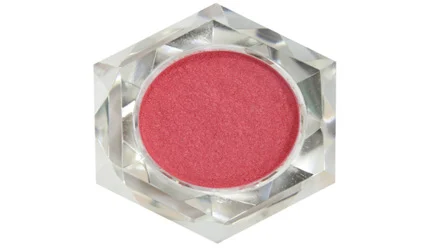
KCP-10
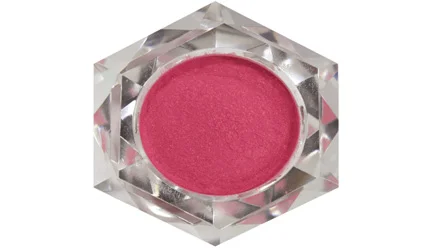
KCP-11
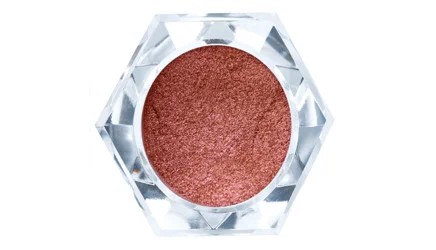
KCP-12
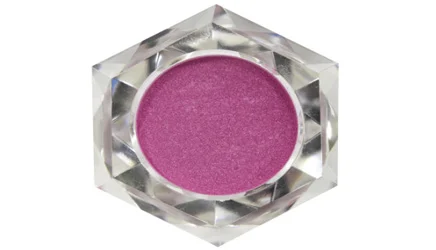
KCPL-01

KCPL-02
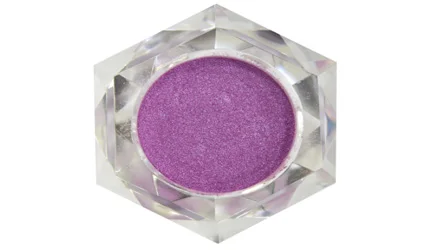
KCPL-03
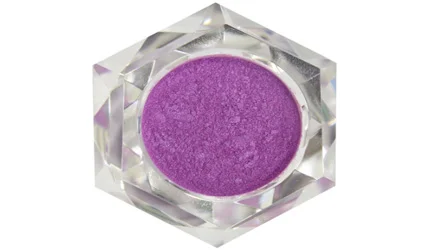
KCPL-04
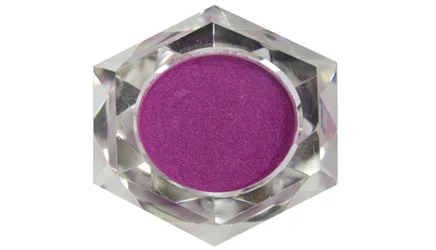
KCPL-05

KCPL-06
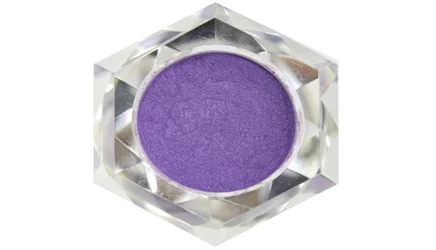
KCPL-07

KCPL-08
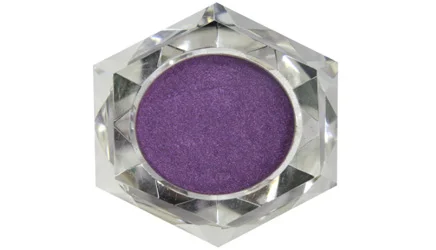
KCPL-09
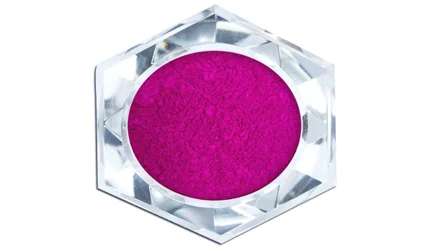
KCPL-10
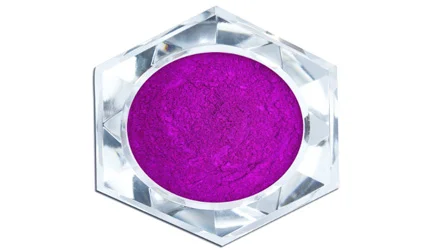
KCGN-11
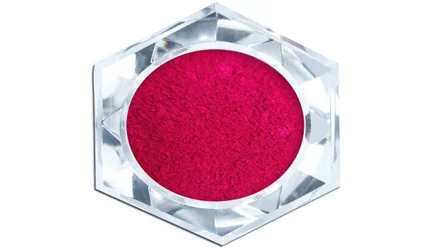
KCR-01
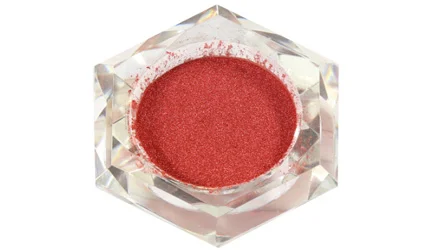
KCR-02
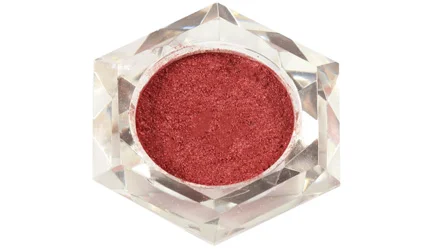
KCR-03
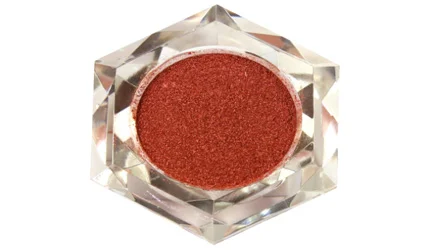
KCR-04
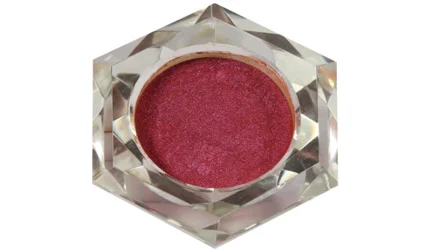
KCR-05
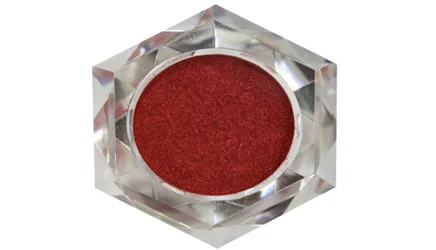
KCR-06
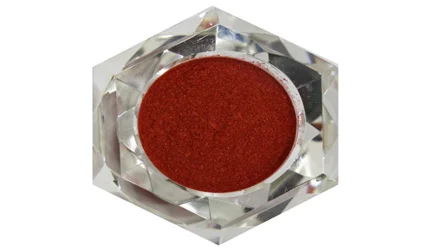
KCR-07
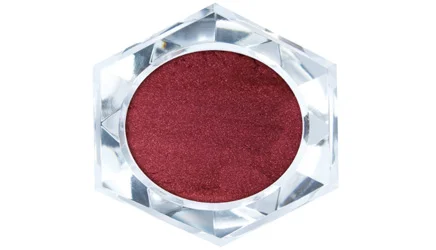
KCR-08
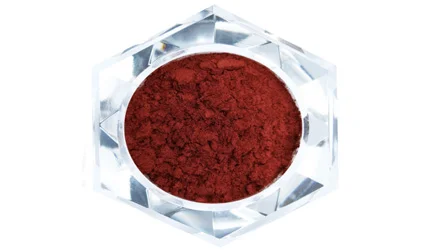
KCR-09
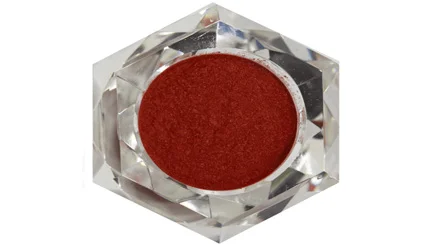
KCR-10
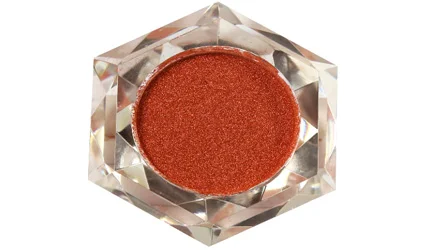
KCR-11
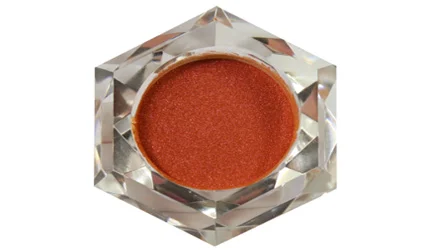
KCR-12
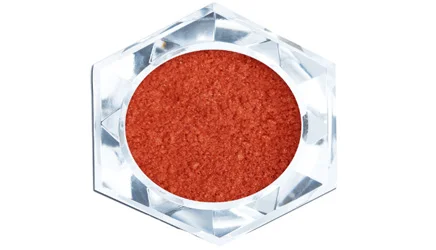
KCR-13
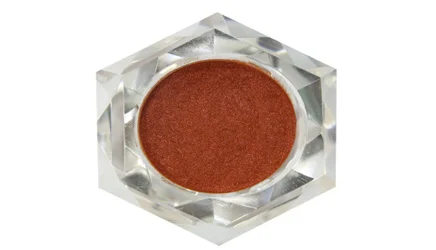
KCR-14

KCY-01
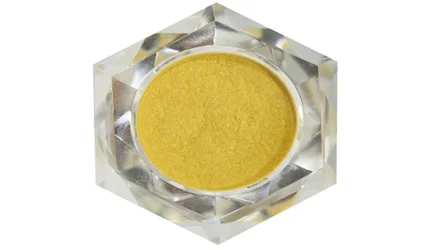
KCY-02
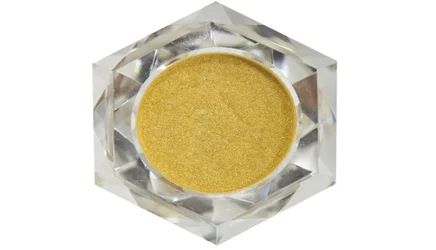
KCY-03
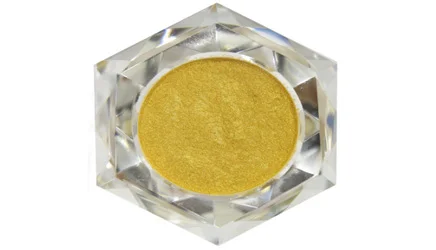
KCY-04
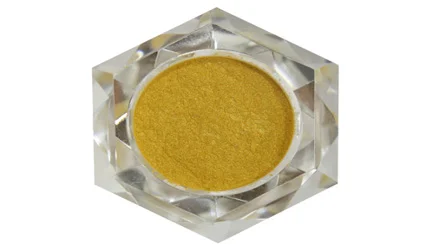
KCY-05
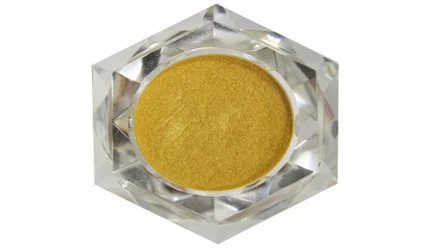
KCY-06
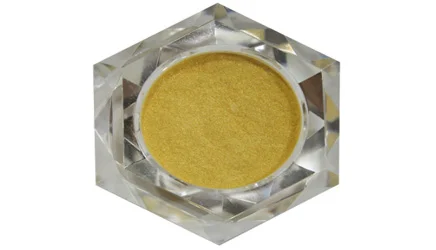
KCY-07

KCY-08
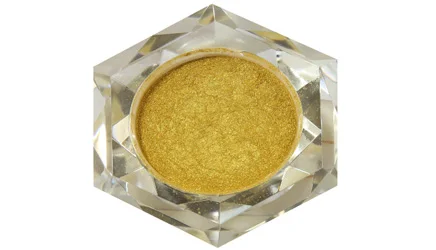
KCY-09
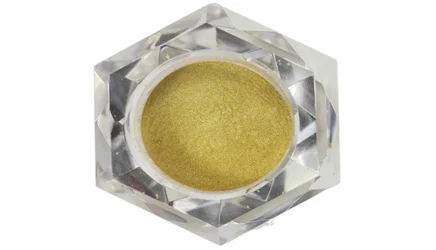
KCY-10
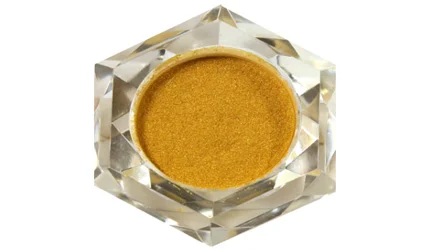
KCY-11
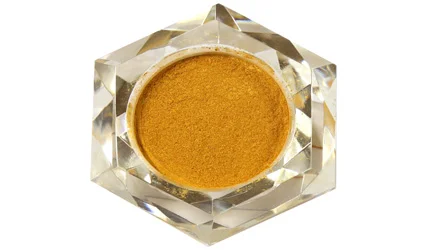
KCY-12
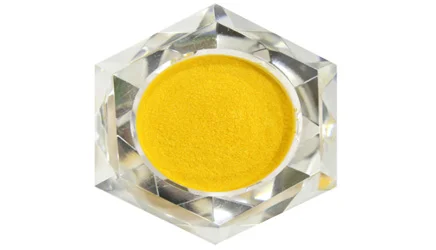
KCY-13
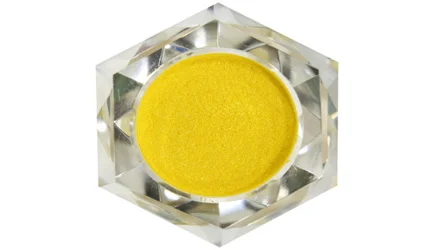
KCG-14
Cosmetic colorants and pigments are divided into organic synthetic pigments (including dyes, color lakes and pigments), inorganic pigments and natural pigments.
Organic pigments for cosmetics are divided into organic pigments and other pigments. Organic synthetic pigments mainly consist of dyes. Dyes must have affinity to the substrates to be dyed. They can be absorbed or dissolved in substrates, so that the dyed substrates have uniform colors. Dyes are divided into water-soluble dyes and oil-soluble dyes. The molecules of water-soluble dyes contain water-soluble groups (iodate groups), while those of oil-soluble dyes do not contain water-soluble groups.
Inorganic pigments for cosmeticsare powders that are insoluble in water, oil or solvents. But they are suitable for coloring of other substances. Inorganic pigment has higher coloring power, covering power, solvent resistance and durability than color lakes. They are widely applied in lipsticks, rouges and actors’ cosmetics.
Natural pigments for cosmetics are extracted from animals. Considering the coloring power, light resistance, color brightness and supply, natural pigments are mostly replaced by organic synthetic pigments. Some general stable natural pigments are still used in cosmetics, such as cochineal, carthamin, carotene, turmeric and chlorophyll. Cochineal is a red pigment extracted from the dry female cochineal powder of cactus. Its main component is carminic acid. Cochineal is a raw material for lipstick pigments. Carthamin is a red pigment extracted from the petals of safflowers, with a vivid red color. It is insoluble in water, but slightly soluble in acetone and alcohol. Chlorophyll exists widely in plants. It often coexists with carotene. It is an important factor in plant photosynthesis.
Cosmetic colorants are raw materials to color cosmetics, which are also called pigments. By solubility, colorants are divided into dyes, pigments, color lakes, etc. Dyes are compounds soluble in water or organic solvents. They can be used for coloring of solution. Pigments are compounds insoluble in solvents. They are dispersed in substrates to color products. Color lakes are insoluble salts. They are used for coloring by adsorption and precipitation of water-soluble dyes onto insoluble inorganic substrates. In order to enrich the diversity of products and improve the use by customers, appropriate quantities of colorants are usually added into cosmetics.
Cosmetic pigments are made through different chemical or physical processes, depending on the color and use. Here are some common ways to make pigments.
Methods/Steps
Organic molecules are synthesized by chemical reactions. Specific colors are formed as needed.
Natural pigments are extracted from underground minerals. For example, purple pigments are extracted from amethyst.
Natural pigments are extracted from plants. For example, yellow pigments are extracted from flavonoids.
Efficient and environmentally friendly pigments are prepared by controlling the microstructure and composition.
Multiple steps are involved in each method, including raw material preparation, reaction/extraction, drying, etc. The quality and stability of final products should also be strictly tested and controlled.
Cosmetics are beauty products, so color is one basic characteristic. Colorants can deepen or change colors of cosmetics, and enhance the aesthetics and attractiveness.
Skin colors vary greatly. People in different regions have different ideas about the skin color. Cosmetic manufacturers need to develop skin toning products, to meet needs of different regions.
In cosmetics, yellow, red and brown pigments are often used to adjust the skin tone. Manufacturers of cosmetics around the world have developed skin toning products, based on local needs, physical characteristics and age differences.
Cosmetics are usually made by mixing substances that are different in consistency and transparency. For aesthetic and practical effects, colorants are needed to adjust the consistency and transparency.
Consistency control is very important. In high-consistency cosmetics, highly dispersed pigments and fillers are often used, the so-called skin care and whitening agents. Transparency control is also very important. Insufficient transparency will reduce the color reflection, beauty and practicality of cosmetics.
Pigments used in cosmetics foundation are usually a mixture of inorganic and organic pigments. Commonly used inorganic pigment iron oxide is mixed with red or orange organic pigment to become the pigment of foundation.
Most colorants used in cosmetics are cosmetic grade pigments or dyes, and as long as they are added by the specified use/dosage, they can theoretically be considered non-toxic. Except for a few special groups of people with allergies.
Pigments have specific regulations or certifications such as MSDS, SDS, COA, TDS, FDA, REACH, etc.
Phytoextraction is a common and effective method of extracting natural pigments. By processing and treating the plant material, the extract of pigment is obtained. There are many kinds of pigments extracted by this method, including flower petals, leaves, fruits and so on.
Insect extraction method mainly uses the pigments in the body of insects for extraction, such as sericin in silk, bees in the body of bees beeswax xanthin and so on.
Microbial fermentation is a new and efficient method of extracting natural pigments. By selecting and cultivating appropriate microorganisms, they are made to produce or secrete specific pigments, such as lycopene.
In the world of art, mica powder is often used for epoxy resin art. It’s extremely popular among artists and individual creators at the moment.
Providing aesthetic appeal and a calming atmosphere, candles function as a timeless and multifunctional addition to any home. Candle producers, whether lovers or professionals have
Well-recognized for the qualities of shimmer & reflection that are able to bring acrylic paints to life, mica powder functions as a transformative addition to
We are Ready to Support Your Cosmetic Pigments Uses
Kingchroma industrial park, Minqing Raod, Longhua Street, Longhua District, Shenzhen City, Guangdong Province, China